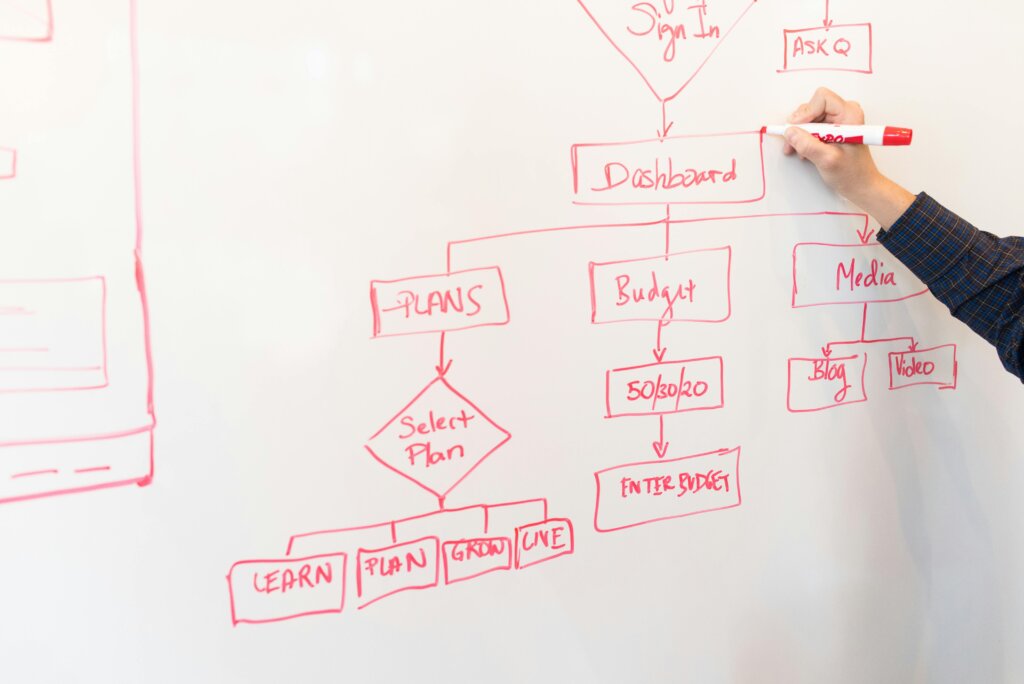Mastering Service Excellence
In today’s competitive landscape, where customer expectations are soaring higher than ever, delivering service excellence is non-negotiable for businesses aiming to thrive.
Service excellence isn’t just a buzzword; it’s the cornerstone of building strong customer relationships, fostering loyalty, and driving sustainable growth. Whether in retail, automotive, hospitality, healthcare, or any other industry, prioritizing service excellence can set you apart.
Here are 15 best practices to help you elevate your service levels and delight your customers:

1. Understand Your Customers
Beyond just gathering surface-level feedback, invest in comprehensive market research and customer segmentation to truly understand the diverse needs and preferences of your target audience. Take the time to understand their needs, preferences, and pain points deeply. Conduct surveys, gather feedback, and leverage data analytics to gain valuable insights into their expectations. Develop buyer personas to represent different customer segments and tailor your service offerings accordingly.
2. Set Clear Service Standards
Establishing service standards involves not only defining them but also regularly reviewing and updating them to ensure they remain relevant and aligned with evolving customer expectations. Once you define clear service standards, communicate these standards effectively to all employees through training sessions, employee handbooks, and visual aids like posters or infographics, and make sure that every member of your team understands and embraces them. These standards should encompass aspects like response times, quality benchmarks, and communication protocols. Empower Your Employees: Empower your frontline staff with the authority, training, and resources they need to resolve customer issues promptly and effectively. Encourage autonomy and decision-making within defined boundaries.
3. Empower Your Employees
Empowerment goes beyond delegating authority; it’s about fostering a culture of accountability and trust within your organization. Provide ongoing support and mentorship to help employees develop the confidence and skills needed to handle challenging situations independently.
4. Prioritize Communication
Effective communication is the bedrock of exceptional service. It requires both proactive outreach and attentive listening. Keep your customers informed at every stage of their journey, whether it’s about order updates, service disruptions, or resolution timelines. Implement omni-channel communication strategies to ensure customers can reach you through their preferred channels, whether it’s phone, email, chat, or social media. Additionally, train your staff in active listening techniques to ensure they understand and empathize with customer concerns.

5. Personalize the Experience
Personalization goes beyond merely using a customer’s name; it involves leveraging data to anticipate their needs and preferences accurately. Treat every customer as an individual with unique preferences and requirements. Personalization can range from addressing customers by name to tailoring product recommendations based on their purchase history. Implement customer relationship management (CRM) systems to gather and analyze customer data effectively, allowing you to deliver targeted and relevant experiences at every touchpoint.
6. Pe Proactive
Proactivity involves not only addressing existing issues promptly but also identifying and mitigating potential problems before they arise. Anticipate customer needs and address potential issues before they escalate. Implement predictive analytics and monitoring tools to anticipate customer needs and intervene proactively to prevent issues from escalating. Proactive outreach, such as follow-up calls or personalized recommendations, demonstrates your commitment to customer satisfaction.

7. Streamline Processes
Process optimization requires a holistic approach that involves evaluating and redesigning workflows, eliminating bottlenecks, and leveraging technology to automate routine tasks. Identify and eliminate friction points in your service delivery processes. Simplify workflows, automate repetitive tasks, and invest in technology solutions that enhance efficiency without compromising quality. Conduct regular process audits to identify inefficiencies and opportunities for improvement.
8. Invest in Training
Continuous training is essential to keep your team equipped with the latest skills, knowledge, and best practices. Training should be ongoing and tailored to the specific needs of different roles within your organization. In addition to technical skills training, focus on soft skills such as communication, empathy, and conflict resolution, which are critical for delivering exceptional service experiences. Provide regular training sessions, workshops, and access to online resources to foster a culture of learning and development.
9. Foster a Customer-Centric Culture
Actively seek feedback from customers at every stage of their journey, from initial contact to post-purchase support. Create multiple channels for customers to provide feedback and actively solicit their input. Implement feedback mechanisms such as surveys, comment cards, and online review platforms, and use the insights gained to drive continuous improvement initiatives. Use feedback loops to identify areas for improvement and refine your service offerings accordingly.
10. Measure Performance
Establish key performance indicators (KPIs) to track the effectiveness of your service delivery efforts. In addition to traditional metrics like customer satisfaction scores and response times, consider implementing advanced analytics techniques such as sentiment analysis and customer journey mapping to gain deeper insights into customer perceptions and behaviors. Monitor all defined metrics like customer satisfaction scores, resolution times, and first-contact resolution rates to gauge performance and identify areas for enhancement.

11. Foster a Customer-Centric Culture
Cultivating a customer-centric culture requires leadership buy-in and ongoing reinforcement of core values and principles. Instill a customer-centric mindset across your organization, from top leadership to frontline employees. Align your values, policies, and decision-making processes with the goal of delivering exceptional customer experiences. Encourage cross-functional collaboration and empower employees at all levels to make decisions that prioritize customer satisfaction.
12. Embrace Technology
Technology should be viewed as an enabler of service excellence rather than a replacement for human interaction. Leverage technology to enhance service delivery and streamline customer interactions. Tools such as artificial intelligence (AI), machine learning, and natural language processing enhance the efficiency and effectiveness of customer interactions while maintaining a personalized touch. Whether you use chatbots for instant support, CRM systems for managing customer data, or self-service portals for quick resolutions, embrace technology as an enabler of superior service.

13. Reward and Recognize Service Excellence
Acknowledge and celebrate employees who consistently deliver exceptional service. Recognition programs should be fair, transparent, and aligned with organizational goals and values. Consider implementing peer-to-peer recognition programs and incorporating customer feedback into employee performance evaluations to ensure recognition is based on tangible outcomes and your team is motivated and incentivized.
14. Stay Agile and Adaptive
In a dynamic business environment, agility is key to staying ahead of the curve. Agility involves not only responding quickly to customer needs but also anticipating and adapting to changes in the competitive landscape and regulatory environment. Be flexible and adaptive in responding to changing customer needs, market trends, and industry dynamics. Foster a culture of experimentation and innovation, where employees are encouraged to take calculated risks and learn from both successes and failures.
15. Lead by Example
Finally, lead by example by embodying the values of service excellence in your own interactions with customers and colleagues. Leadership sets the tone for organizational culture and behavior. Demonstrate a commitment to service excellence through your actions and decisions, and hold yourself and others accountable for upholding high standards of customer service. Your actions and attitudes set the tone for the entire organization.

Found this useful?
Subscribe to our newsletter and get CX and WFM news delivered to your inbox.
Don’t worry, we won’t flood your inbox – just one insightful email a month!
Service Excellence is not a destination but a journey of improvement
Mastering service excellence requires a holistic approach that encompasses people, processes, technology, and culture. By implementing these 15 best practices, you can elevate your service levels, exceed customer expectations, and cultivate lasting relationships that drive business success. Remember, excellence is not a destination but a journey of continuous improvement. Start today, and let your commitment to service excellence propel your business to new heights.

